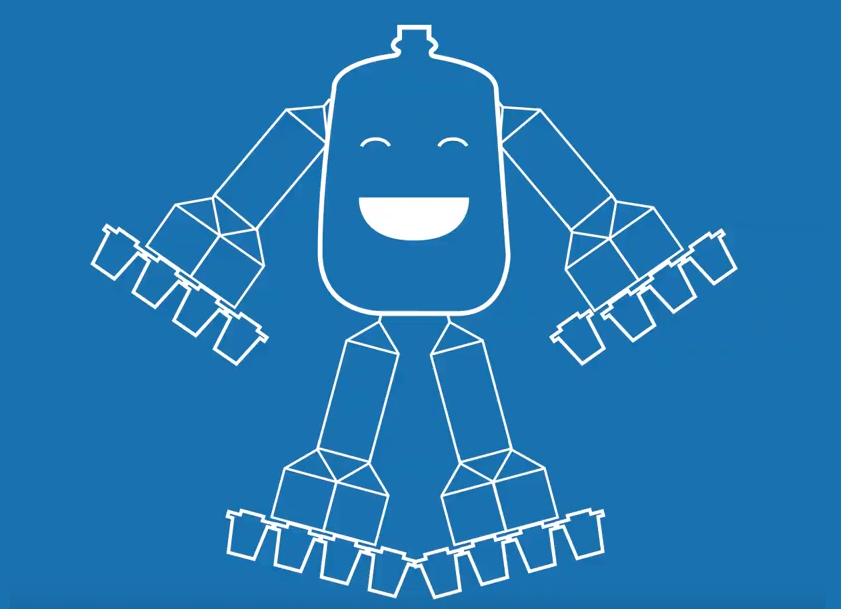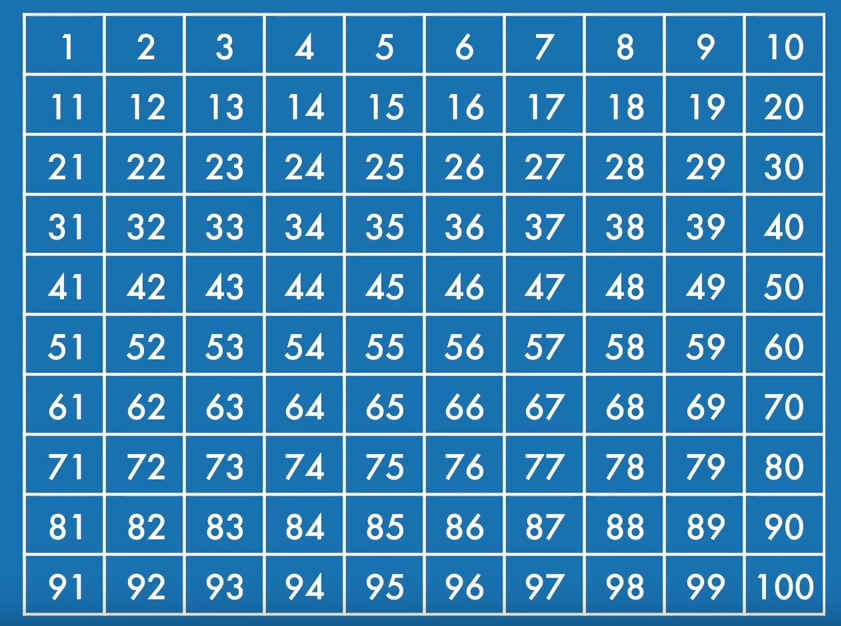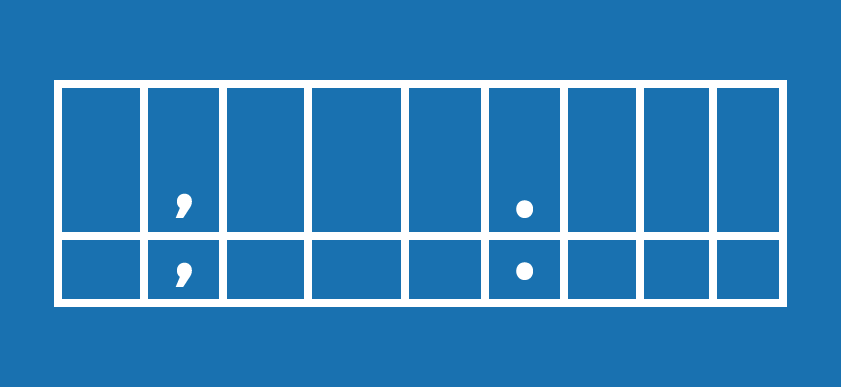Supplemental aids are paper-based resources that assist a student in recalling information. Here are 6 supplemental aids your student can use on the STAAR math tests.
- Blank Graphic Organizers
- Mnemonic Devices
- Number Charts
- Place Value Charts
- Pictorial Models of Fraction Bars or Fraction Circles
- Pictorial Models of 2D or 3D Figures
1. Blank Graphic Organizer
You might be pretty familiar with Gallon Man already. He’s the cool dude without an attitude that helps your student remember how many pints are in a quart or how many quarts are in a gallon. While Gallon Man is an awesome instructional tool, it has to be slightly modified to become a supplemental aid that is allowable on state assessments.

By removing any titles, words, labels, colors used as labels, pictures, acronyms, mnemonics, numbers, symbols, and variables, we can create a Gallon Man that is an allowable supplemental aid.
2. Mnemonic Device
Most of us have been taught this popular phrase at some point in our lives. It’s an example of a mnemonic device or a memory aid in the form of an acronym or phrase.
During instruction, this phrase helps us remember the order of operations and stands for: Parentheses, Exponents, Multiplication, Division, Addition, Subtraction. On test day, we can only use the phrase and must get rid of any math specific language. The original phrase “Please excuse my dear Aunt Sally” is still allowable supplemental aid, as is its shortened acronym, PEMDAS.
3. Number Chart

During the test you can provide number charts, like a 100 chart, to your students. What you can’t provide is any chart with highlighting, circling prime numbers, or multiplication and addition charts.
4. Place Value Chart

You might teach students about place values by creating a place value chart like the one above. These are great to use during instruction, but have to be modified for use during state assessments. Remove the numbers and text labels, while keeping the commas and decimals, and it becomes an allowable supplemental aid!
5. Pictorial Models of Fraction Bars or Fraction Circles

You can use pictorial models that contain labels for fractions and equivalencies during class instruction. These models contain labels for fractions and equivalencies. However, these labels aren’t allowed on test day. Remove the labels and equivalencies, and you’ll have an allowable supplemental aid for yourself!
6. Pictorial Models of 1D 2D or 3D Figures.
This one is a little more complicated as it adds to the aspect of dimension. During instruction, you might provide pictorial models showing various figures in 1D, 2D, and 3D formats, all side by side. This is a great tool to help your students understand dimensions and areas.
To make it a supplemental aid that is allowable on state assessments, we have to remove any labels, numbers, symbols, or variables. We also have to keep an eye out for which types of charts we’re providing. You can provide a pictorial model of a geometric figure in either 3D or 2D format, but you can’t provide a pictorial model of a geometric figure in both 3D and 2D.
Remember, we always want to use the models which are the most beneficial to the specific student, know thy student is the first and last commandment of developing supplemental aids!
Check out our STAAR Stuff series for more tips, techniques, resources, and advice related to STAAR
Robert Moreno is an Education Specialist who works with the Progress in General Curriculum team at Region 13 to support local education agencies through professional development workshops and technical assistance. After working for over a decade as a teacher and coach in Central Texas, Robert understands the importance of promoting a positive, growth mindset that will ultimately help students achieve academic success. Robert is dedicated to helping others increase their own capacity through collaborative learning. As an educator, Robert has worked in various settings as a special education teacher, from the behavior classroom to the resource classroom.



Add comment